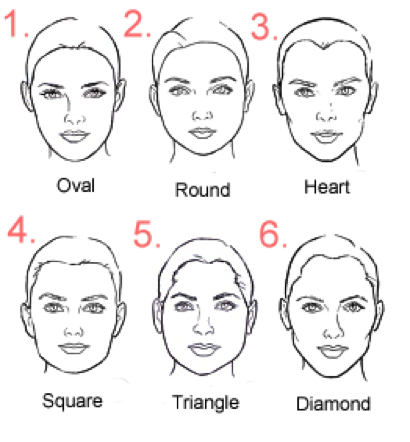The first rays of summer’s warmth bring about a remarkable change in our daily eyewear routine. Where glasses and contact lenses once resided, polarized prescription and non-prescription sunglasses fashion frames now sit. And while it’s easy to get caught up in the latest eyewear styles and trends, think of your sunglasses as much more than a simple fashion accessory.
Sunglasses first and foremost serve as a barrier between your vulnerable eyes and damaging UV rays, which can put you at risk for eye disease later in life. We all know what a good sunburn feels like. Now imagine that in your eyes. Your eyes are just as much as risk for damage by UV rays as your skin, so think of your sunglasses as sunscreen for your eyes.
It is important to keep in mind that not all sunglasses are created equal. Give your eyes the protection they deserve by purchasing a high-quality pair of sunglasses that can protect up to 100% of UV rays from the sun. When shopping, look for stickers indicating 400nm or 100 percent of UV ray blockage.
At Johnson Optometric Associates, we urge our patients to protect their eyes by wearing sunglasses all year round but especially, during the summer months.
When choosing sunglasses:
• Look for 100% protection from UVA and UVB rays (also known as UV 400).
• Choose sunglasses with lenses dark enough to reduce glare without distorting images.
• Check that lenses are large enough to block sunlight from all angles.
If you are unsure that your sunglasses meet these standards, come into Johnson Optometric Associates and we can help you pick out a new pair that meets the aforementioned standards (and help you find that new fashionable look you are going for!)
Some other things to make sure you are protecting your eyes:
• Wear glasses even if it’s cloudy. Rays can pass through haze and thin clouds.
• It’s particularly important to wear glasses in the early afternoon and at higher altitudes where UV light is more intense.
• Harmful UV rays can also reflect off of surfaces like snow and damage your eyes, so they are important to wear all year round.
While good sunglasses are typically a little more expensive, you don’t have to go overboard in the price department to find a fantastic pair that make you feel comfortable while protecting your eyes at the same time.
Come in and check out the latest fashion sunglasses and make sure your eyes have the best protection! We look forward to seeing you.
Dr. May,





